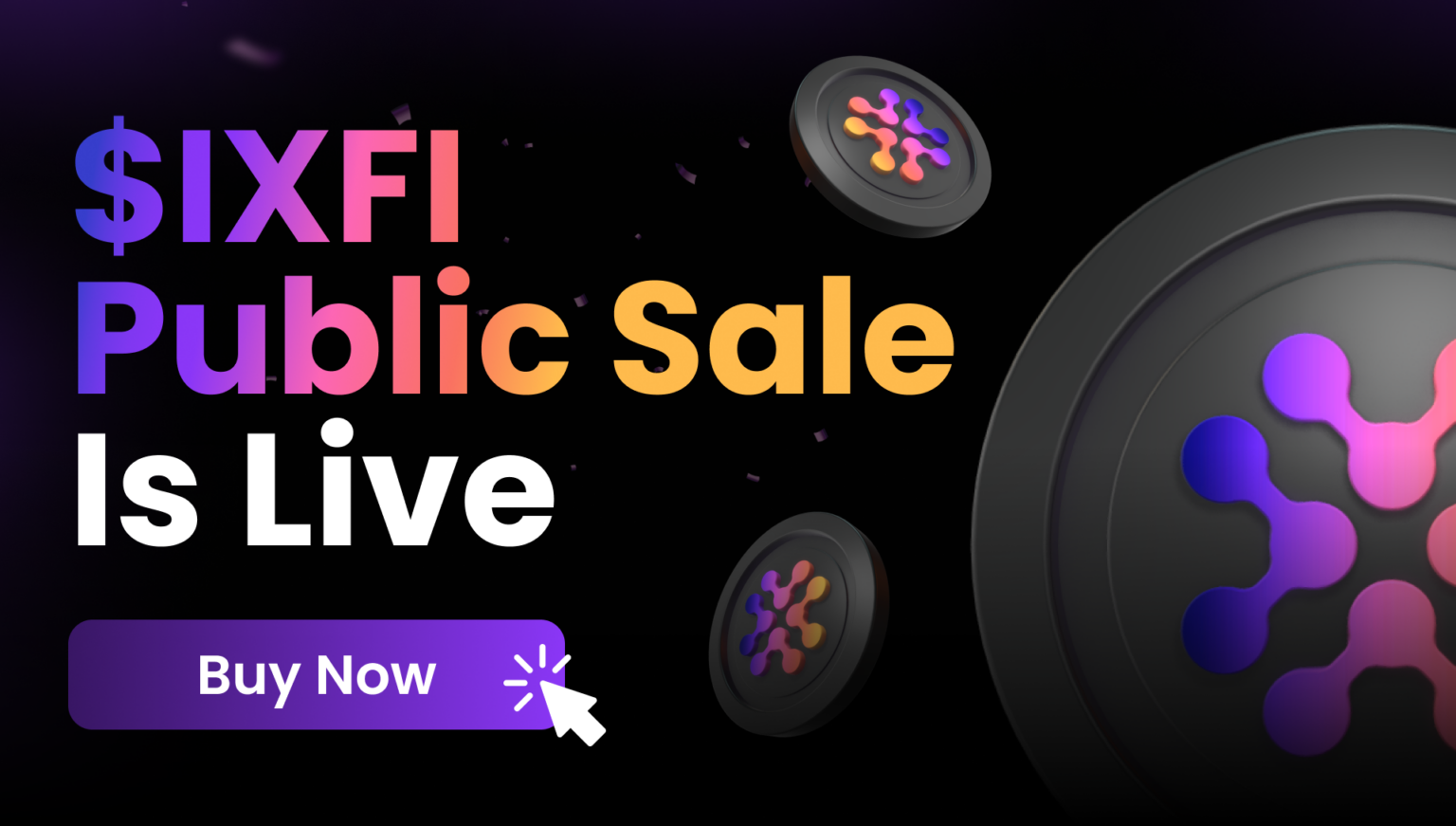Regardless of how innovative it gets, Blockchain Technology and the cryptocurrency space confront enormous challenges like high commissions, scalability problems, etc. Therefore, more projects from the Decentralized Finance space compete to become the first truly scalable Blockchain while ensuring that users enjoy the best experience.
One of the Blockchains that is getting more and more popular in the Decentralized Finance space is Solana. This open-source Blockchain is censorship-resistant and uses a vast collection of technologies to amplify the scalability and offer a robust network for decentralized application building.
Moreover, Solana is amongst the few Layer 1 solutions capable of supporting thousands of transactions without the need to implement a secondary level or off-chain alternatives. The protocol was founded in 2017, by Solana Labs, in San Francisco. The project is now driven by Solana Foundation, established in Geneve, Switzerland.
How does it work?
The main component of Solana’s network is the Proof of History consensus: a series of calculus that offers a digital registration that certifies the fact that an event or a transaction has taken place on the network at any moment. The Proof of History consensus can be presented as a cryptographic watch that attributes a timestamp to each transaction on the network and a data structure. Proof of History is not precisely a calculus algorithm like Proof of Work or Proof of Stake.
Still, it is based on PoS and uses the Tower Byzantine Fault Tolerance algorithm, an optimized version of the Byzantine Fault Tolerance protocol. Solana uses this protocol to reach common ground with each validator on every transaction. The BFT tower maintains the network safe and operational and serves as a supplementary tool for transaction validation. The Proof of History consensus can be seen as a high-frequency verifiable delay function that produces a sole trustworthy output. The verifiable delay function keeps the network secure, proving that block producers have waited enough for the network to move on.
Unlike other networks, Solana uses a hash algorithm, a collection of cryptographic operations that provides real-time data. Solana validators can use hash sequences to register a specific piece of data generated before a particular hash occurs. To fulfill the times required for block generation, every network node needs cryptographic clocks to keep track of events instead of waiting for other validators to confirm transactions.
What are some characteristics?
As mentioned earlier, Solana uses the BFT Tower, which allows validators to vote on the registry’s status and grows the network’s response capacity. Also, this system keeps track of previous votes and uses them to accelerate validation. It is considered an upgraded version of the Practical Byzantine Faul Toleration mechanism found in other DPoS Blockchains.
The Gulf Stream Protocol: This innovative characteristic allows the network to send transactions to validators before the current block is authorized. The Gulf Stream protocol is essential to move the cache memory of transactions to the network’s edge. This procedure allows the validators to process transactions in time, reducing the time required for confirmation and allowing a faster ledger change, freeing validators from memory effort in unconfirmed transactions pools.
Sea Level: Transactions’ processing system that simultaneously executes multiple Smart Contracts. As a result of this system, hundreds of Smart Contracts can work simultaneously without slowing down the network performance. Also, Solana allows compatible Smart Contracts to use the same protocols, executing functions and tasks on the same block.
What is SOL, the cryptocurrency?
SOL is the native cryptocurrency of Solana’s network, and it’s a utility token that allows value transfer and Blockchain security through staking. The coin was established in March 2020 and became one of the most important top cryptocurrencies. The operating mode is ETH-compatible, but SOL holders must stake a certain amount of coins so transactions can be validated using the Proof of Stake consensus – something that will happen with Ethereum, too, with the transition to ETH 2.0.
Solana is a high-performance Blockchain that caught the community’s attention. It also has the support of the most known names in the crypto industry and, despite some of the challenges it faces, seems to be on the right growth track. In a short period, Solana became one of the most used platforms for DeFi applications and was a central piece of the 2021 NFT boom.
Solana coins can be found on Your Friendly Crypto Exchange. SOL not only transfers value, but it can be used to mint NFTs, create Smart Contracts, exchange currencies, stake for yield farming, and much more. Register on IXFI to discover the possibilities.




